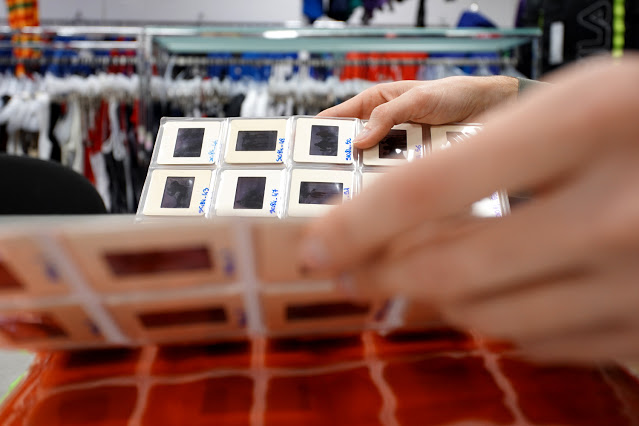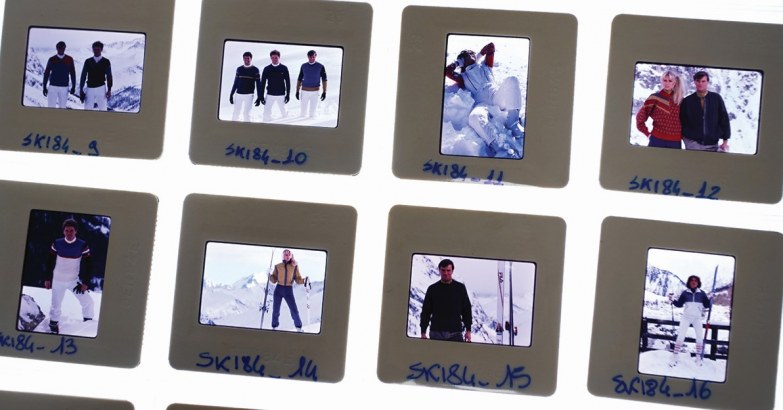Sources: the discreet charm of diapositives
In The Wheel, final episode of Mad Men’s first season run on AMC in 2007, American creative director Don Draper (Jon Hamm) is asked by Kodak to find a catchy way to launch their brand new stereoscopic wheel in the early 60s. In one of the series’ best monologues, Don says that no technology can be described without feelings. In order to convince his clients, he projects a sequence of private diapositives in his office, presenting some happy moments from the past of his family and his marriage.
After all, we think the same: a diapositive is anything but a cold medium. On the contrary, that small square is the result of centuries of change and innovation.
Diapositives, dealing with photography since the 19th century, are positive pictures on a transparent support. In order to ease their visibility, light must pass through such material: in a direct way or through projection, it can reveal a black and white or colored picture. In this sense it’s proper to mention the Lumière Brothers, inventors of modern cinema, who patented a panchromatic emulsion coated on a thin glass plate previously coated with a layer of dyed potato starch grains.
The same principle was later reinterpreted by Polaroid in 1985 for its Polapan 35mm film, in which the potato grains developed into a thin structure of red, blue and green lights. On June 22nd, 2009, Kodak announced the definitive termination of the production of such film: the last roll was processed on December 30th, 2010, marking the end of an era.
If technology sees them in the past, our Archive considers diapositives in the present, in fact the binders preserving them are displayed in a room of its own. Different colors identify different categories: athletes in red, photo shootings in green, proofs in blue. Along with some other classifications (above all, the chronological one), such subdivision eases both historical researches and a process of archival digitalization which is central in the Foundation’s issue. The recent purchase of binders with QR codes (linked with an app that speeds up the data analysis processes) strengthens such vocations, reminding us that if passion and devotion for history are fierce, no technology is obsolete for real.



